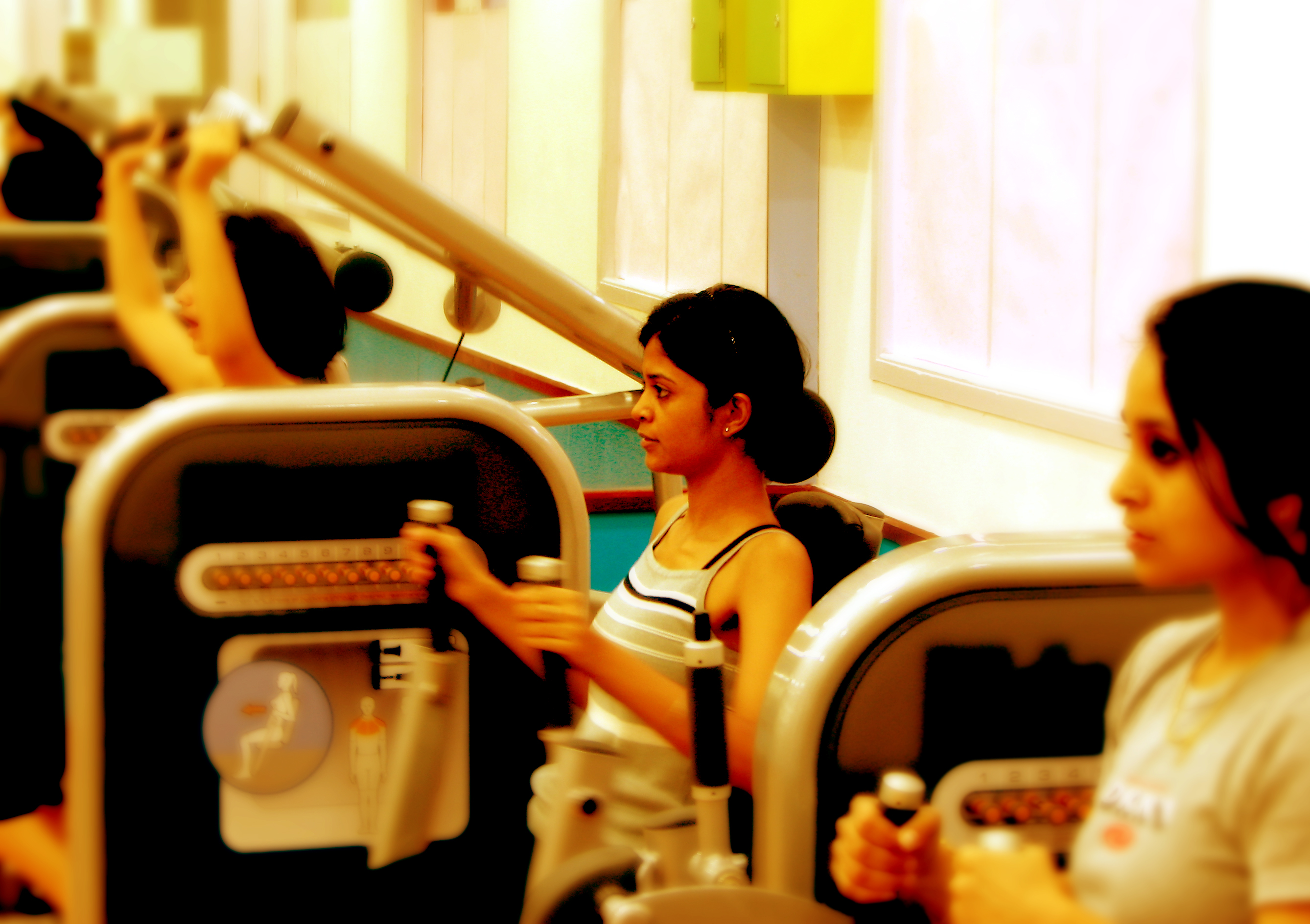
FRIDAY, Oct. 18 (HealthDay News) — As the population ages, experts expect the number of women with the bone-thinning disease osteoporosis to surge.
“Osteoporosis is a serious threat to women’s health — worldwide one in three women over the age of 50 will suffer a broken bone due to osteoporosis,” John Kanis, president of the International Osteoporosis Foundation, said in a foundation news release. “Yet too many women are unaware of their increased risk after menopause and fail to take preventive measures.”
Once they reach menopause, women’s risk for osteoporosis increases as bone loss accelerates and bones weaken. Women older than 45 spend more time in the hospital because of osteoporosis than any other chronic disease, including diabetes, heart attack or breast cancer, according to the news release.
Fractures because of osteoporosis often lead to immobility, diminished quality of life and early death.
The foundation points to five strategies women can take to maintain muscle strength, prevent bone loss or manage osteoporosis:
- Exercise. Women should get 30 to 40 minutes of physical activity, three to four times each week. This activity should include a combination of resistance training and weight-bearing exercise.
- Eat a bone-healthy diet. Women should eat foods rich in dietary calcium and protein, along with plenty of fruits and vegetables. Getting enough vitamin D through sunlight or a supplement is also important.
- Kick bad habits. To protect bone health, stop smoking. Drinking heavily can also have a negative effect on bone health. It’s also important to avoid being too thin. Women who are underweight are at higher risk for osteoporosis than those who are a normal weight.
- Know your risk factors. It’s essential to get educated about osteoporosis and learn if you are at greater risk for developing the disease. Common risk factors for osteoporosis include going through menopause before age 45; use of medications known as glucocorticoids; or having rheumatoid arthritis or malabsorption disorders, such as celiac or Crohn’s disease. Women who have broken bones in the past or have a family history of osteoporosis are also at greater risk for the disease.
- Check your bone health. Once women reach menopause, they should visit their doctor to have their bone health and risk for fracture assessed. Women who are diagnosed with bone loss should follow the treatment regimen prescribed by their doctor.
More information
The U.S. National Institutes of Health has more on preventing fractures.
Copyright © 2025 HealthDay. All rights reserved.

